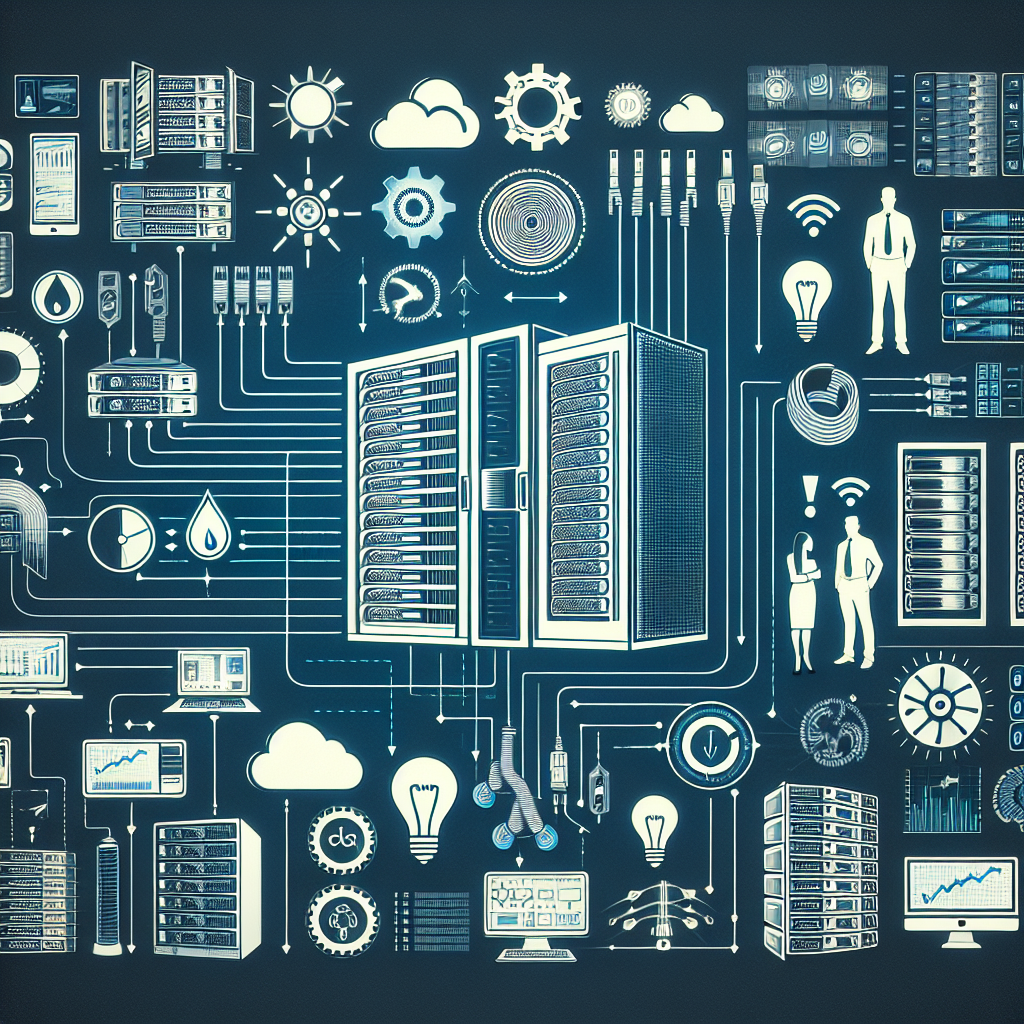Your cart is currently empty!
Key Trends and Innovations in Data Center Operational Efficiency

Data centers are the backbone of modern businesses, serving as the centralized location for all digital operations and data storage. As the demand for data storage and processing continues to grow exponentially, data center operators are constantly seeking ways to improve efficiency and reduce costs. In this article, we will explore key trends and innovations in data center operational efficiency that are shaping the future of this critical industry.
One of the most significant trends in data center operational efficiency is the adoption of renewable energy sources. With the increasing awareness of climate change and the need to reduce carbon emissions, data center operators are investing in solar, wind, and hydroelectric power to power their facilities. By transitioning to renewable energy sources, data centers can significantly reduce their carbon footprint and operating costs in the long run.
Another key trend in data center operational efficiency is the use of artificial intelligence (AI) and machine learning algorithms to optimize energy consumption and cooling systems. AI-powered software can analyze data in real-time to identify inefficiencies and make adjustments to improve overall energy efficiency. By utilizing AI technology, data center operators can achieve significant cost savings and reduce their environmental impact.
Furthermore, modular data center designs are gaining popularity as a way to improve operational efficiency. Modular data centers consist of prefabricated modules that can be easily assembled and scaled according to demand. This modular approach allows data center operators to quickly deploy new capacity and reduce the time and cost associated with traditional data center construction.
In addition, the use of liquid cooling systems is also becoming a key innovation in data center operational efficiency. Liquid cooling systems are more efficient than traditional air cooling systems, as they can dissipate heat more effectively and require less energy to operate. By implementing liquid cooling systems, data center operators can reduce their energy consumption and operating costs while also improving the overall performance and reliability of their facilities.
Lastly, the adoption of edge computing is another key trend in data center operational efficiency. Edge computing involves processing data closer to the source, rather than relying on centralized data centers. By distributing processing power to the edge of the network, businesses can reduce latency, improve performance, and optimize bandwidth usage. This trend is particularly important for industries that require real-time data processing, such as autonomous vehicles and smart cities.
In conclusion, data center operators are continuously innovating to improve operational efficiency and reduce costs. By embracing renewable energy sources, AI technology, modular designs, liquid cooling systems, and edge computing, data centers can achieve significant improvements in efficiency, sustainability, and performance. As the demand for data storage and processing continues to grow, these key trends and innovations will play a crucial role in shaping the future of data center operations.

Leave a Reply